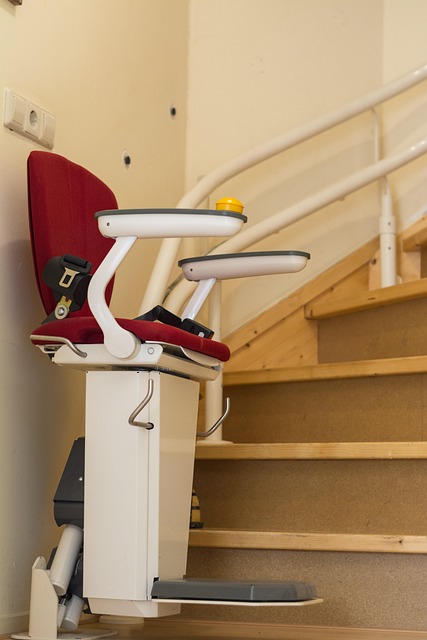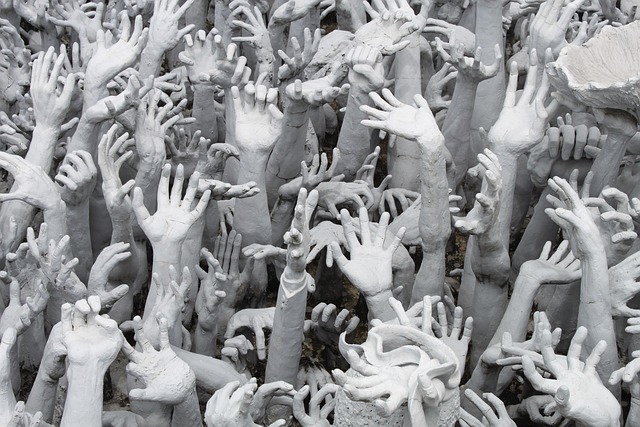Meticulously document work injuries with medical evidence, employment contracts, and detailed records of incidents, symptoms, and treatments. File a claim promptly, capturing comprehensive documentation including medical records, reports, witness statements, and employment details. For complex cases, legal counsel may be needed to navigate processes and ensure accurate form submissions within jurisdiction deadlines. Optimize online visibility by integrating "work injury compensation" in relevant content.
Proving a work injury compensation claim can be a complex process, but with the right approach, you can ensure a smoother journey towards the support and justice you deserve. This article guides you through essential steps, focusing on gathering medical evidence, documenting injuries and symptoms, and filing a claim with compelling supporting documentation. By following these strategies, you’ll enhance your chances of securing work injury compensation and focusing on recovery.
- Gather Medical Evidence and Records
- Document Work-Related Injuries and Symptoms
- File Claim and Provide Supporting Documentation
Gather Medical Evidence and Records

Proving a work injury compensation claim requires thorough documentation, especially when it comes to medical evidence. It’s crucial to gather all relevant records from healthcare providers who have treated your work-related injuries or conditions. This includes medical reports, diagnostic images, treatment plans, and any prescription medications related to the injury. Keep in mind that these documents are essential for verifying the extent of your injuries and their connection to your employment.
Additionally, review any employment contracts or agreements you have with your employer, as they can shed light on the responsibilities and duties outlined in your role. While fiduciary duty breaches or caregiver negligence might not be directly related to the claim process, understanding these concepts can help you recognize potential issues within the workplace that may contribute to work-related injuries.
Document Work-Related Injuries and Symptoms

When pursuing a work injury compensation claim, it’s paramount to meticulously document every instance and symptom of pain or discomfort related to your job. Start by keeping a detailed log of each incident, noting the date, time, location, and a description of what transpired. Record any immediate symptoms like pain, dizziness, or difficulty breathing, as well as ongoing issues that may develop over time. This documentation is crucial in substantiating your claim.
Additionally, be vigilant for signs of conditions that could lead to long-term health complications, such as nursing home neglect or caregiver abuse (although unrelated to work injuries per se, these incidents can have similar implications and warrant attention). In cases involving real estate litigation, understanding the history of workplace hazards might also be relevant. Ensure you capture all pertinent details to build a robust case for your work injury compensation claim.
File Claim and Provide Supporting Documentation

After experiencing a work-related injury, the initial step is to file a claim with your employer and the appropriate insurance provider. This process involves completing and submitting specific forms that detail the incident, your injuries, and any resulting medical treatments or losses. It’s crucial to act promptly; many jurisdictions have strict deadlines for filing work injury compensation claims.
To strengthen your case, gather comprehensive documentation supporting your claim. This includes medical records detailing your diagnosis, treatment plans, and ongoing care requirements; copies of any accident reports or witness statements; and evidence of income loss due to the injury, such as pay stubs or employment records. In cases involving severe injuries or complex business litigation scenarios, like nursing home neglect or elder abuse, legal counsel may be necessary to navigate the intricate processes and ensure all required documentation is accurately submitted.
Proving a work injury compensation claim requires thorough documentation and evidence. By gathering medical records, documenting symptoms, and filing a well-supported claim, you increase your chances of receiving the necessary financial support for your work-related injuries. Remember to keep detailed notes and organize all relevant documents to navigate the process effectively.






